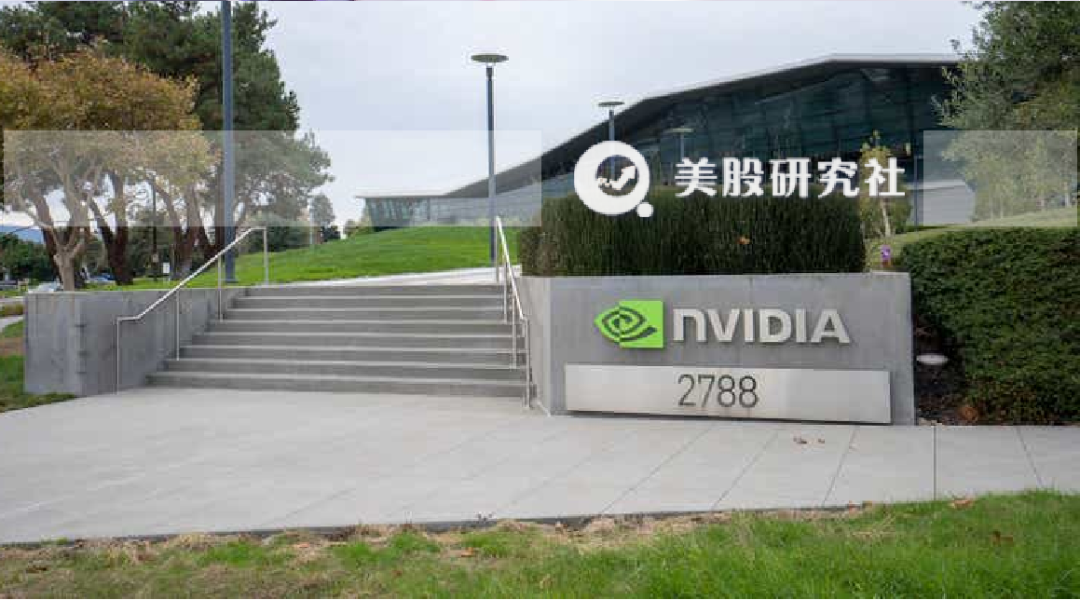
Author | Zen Analyst
Compiled by | Wall Street Big Events
NVIDIA (NASDAQ:NVDA) is a fabless semiconductor company at the core of the global technology supply chain, particularly vulnerable to new trade regulations. Its products—advanced graphics processing units (GPUs) and artificial intelligence accelerators—rely on complex manufacturing partnerships across Asia and a large customer base in the region. Although the initial tariff order exempted semiconductor chips themselves and only targeted finished products, the wide range of affected countries and goods suggestsNVIDIA’s rising costs and business disruptions.
NVIDIA’s products support a variety of applications, from PC gaming to running advanced AI and high-performance computing (HPC) tasks in large-scale data centers. While the company is known for its consumer-grade graphics cards, in recent years, the data center segment has become a major growth driver, with sales of dedicated GPUs like the A100/H100 for AI, cloud computing, and supercomputing workloads. Crucially,NVIDIA is a fabless semiconductor company: it designs chips but outsources manufacturing to partners in Asia.When exporting hardware to the U.S., NVIDIA may face soaring costs, logistical hurdles, and uncertainties regarding retaliatory measures. Although the new tariff order exempts original forms of “semiconductors,” many ancillary items (circuit boards, fans, power components) remain firmly on the tariff list.NVIDIA’s owndisclosure highlights how the “limited number and geographic concentration” of suppliers exacerbates the risk of turmoil that could directly impact product costs, delivery times, and capacity.Supply chain friction is also imminent. While theoretically, large-scale assembly relocation from Asia to the U.S. is an option, it is widely believed that doing so in the short term would be prohibitively expensive and lead to inflation. Shifting final assembly to other countries (such as Vietnam, India, or Mexico) may alleviate some tariffs, but it cannot be done overnight. Therefore, the cost of importing NVIDIA’s products into the U.S. may increase for at least several months, putting pressure on gross margins and complicating logistics.
Due to tariffs on complex motherboards and systems,NVIDIA may attempt to raise prices in the U.S. to protect margins—especially for its data center products, which lead in performance. However, higher price tags may dampen demand in the cost-sensitive consumer GPU market. In the more price-elastic gaming sector, a 25-30% increase may prompt some buyers to turn to alternatives (such as AMD GPUs) or delay upgrades【5†L215-L223】.
In the enterprise sector, large cloud providers and HPC customers may have no choice—NVIDIA GPUs remain the gold standard for AI workloads. Even so, sustained price increases may encourage potential competitors to innovate or prompt customers to explore CPU, TPU, or other AI acceleration technologies. In the long run, if other solutions come closer in performance or if customers prioritize cost-effectiveness, ongoing tariff-related price hikes may weakenNVIDIA’s historically strong brand loyalty.
The Chinese market remains a major revenue source for NVIDIA, although its market share has shrunk to about half since the U.S. implemented export controls in 2022. Current tariffs may exacerbate this downward trend.
In other Asian markets,NVIDIA maintains good relationships, especially in Japan and South Korea, but global trade frictions still weaken consumer purchasing power and trigger supply chain disruptions. Governments like India seeking more local manufacturing may favor companies committed to building domestic capacity. Therefore,NVIDIA may face pressure to co-invest in local assembly and R&D centers, sacrificing some efficiency but keeping strategic markets open.
The semiconductor industry thrives on rapid product cycles.NVIDIA traditionally updates its GPU architecture every two to three years (e.g., Turing, Ampere, Hopper, and Blackwell). Although the liberation day tariffs primarily raise costs rather than prohibit certain R&D activities, the resulting decline in revenue or margins may promptNVIDIA to slow its once-aggressive product development pace.
In fact,NVIDIA has already faced U.S. export controls on AI chips. The company’s response has been to design lower-end versions for restricted markets (e.g., A800, H800). If the “AI diffusion” rules are strictly enforced in 2025,NVIDIA may need to create a further differentiated product lineup: cutting-edge GPUs for approved markets and performance-limited GPUs for others. These additional design steps will consume engineering resources. However, the global surge in demand for AI indicates that NVIDIAwill not cut its R&D spending in the short term; it will continue to invest in next-generation architectures like “Blackwell” to maintain its technological edge.
Despite these risks,NVIDIA’s advantage lies in its robust software ecosystem (CUDA, AI frameworks, HPC libraries), which extends beyond the hardware itself. Even if tariffs and export barriers disrupt manufacturing,NVIDIA’s software investments help maintain market share; customers are deeply integrated withNVIDIA’s development stack, making immediate switches to competing architectures more difficult.
Entering 2025, amidst the wave of artificial intelligence, NVIDIA’s valuation has soared. As tariffs arrive, the company anticipates strong demand for its data center GPUs. Although NVIDIA initially did not lower its performance expectations (as original semiconductors are unaffected), analyst models have accounted for rising assembly costs and potential further margin compression.
NVIDIA’s main GPU competitor, AMD (AMD) relies on TSMC to produce chips and depends on assembly plants across Asia, meaning it faces similar tariff risks. While AMD may attempt to acquire its products at lower prices than NVIDIA in the gaming GPU space, it also faces higher import costs if its motherboards ship from tariff-affected regions. NVIDIA’s entrenched AI software ecosystem still gives it an edge over AMD’s data center GPUs in terms of performance and availability.
Meanwhile, Intel produces many CPUs in its own factories (in the U.S., Israel, and Ireland), allowing it to avoid some of the heaviest tariffs. For its data center GPUs (e.g., Ponte Vecchio, Gaudi accelerators), Intel still collaborates with TSMC and uses overseas assembly. However, if Intel can shift more assembly to lower-tariff regions, its partial vertical integration may provide slight protection. Over time, Intel could position itself as an alternative by leveraging the expansion of U.S. manufacturing (partially subsidized by the CHIPS Act). Nevertheless, Intel’s market share in AI accelerators remains small; it lags behind NVIDIA in performance for cutting-edge workloads.
NVIDIA’s heavy reliance on Asia for manufacturing, assembly, and end markets makes it particularly vulnerable to the 2025 tariffs. While the company’s core GPU chips narrowly escaped the first round of tariffs, the direct impact onNVIDIA’s margins may be limited. However, the risks of rising costs, supply chain bottlenecks, and retaliatory measures loom large due to high tariffs on supporting parts and subcomponents. Meanwhile, U.S. government export controls prohibit certain high-end AI chips from being shipped to other regions, which could undermineNVIDIA’s global customer base.
Even so, NVIDIA has previously navigated tariffs and export restrictions, demonstrating greater resilience each time through clever supply chain adjustments and specialized product releases. The record demand for AI accelerators in the West may offset some of the drag from market restrictions in China, and the company’s strong software ecosystem gives it a significant advantage. Ultimately, NVIDIA’s fate hinges on its ability to secure tariff exemptions or effectively restructure its business.

[To communicate with us, please reply “join group” in the background]


